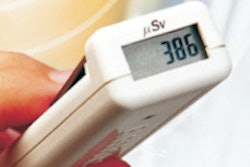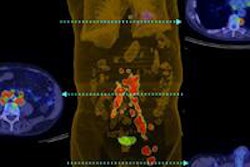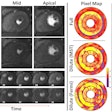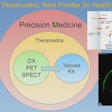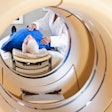The U.S. Joint Commission has proposed more-stringent requirements in the ambulatory care, critical access hospital, and hospital accreditation programs for facilities that provide CT, MRI, nuclear medicine, and PET services.
"Research has indicated that the current Joint Commission requirements need to be enhanced to address several significant quality- and safety-related issues associated with diagnostic imaging," the commission stated in its proposed revisions.
A number of revisions have been suggested. For example, facilities that provide CT, PET, or nuclear medicine services would be required to monitor radiation exposure levels for all staff and licensed independent practitioners who routinely work with those modalities. The commission noted that the precautions are typically addressed with exposure meters, such as personal dosimetry badges.
The facilities would also be required to take "appropriate actions to keep staff radiation exposure levels below regulatory limits."
Facilities that provide MRI services would need to restrict the access of everyone not screened by staff to an area adjacent to the MRI scanner room entrance, and also ensure that this restricted area is controlled and supervised by MRI-trained staff. In addition, signs must be posted at the entrance to the MRI scanner room that state the magnet is always on.
Imaging centers and radiology departments would also be required to have a medical physicist conduct performance evaluations on CT, MRI, and nuclear medicine devices to verify functions, such as image uniformity, slice thickness and position accuracy, high- and low-contrast resolution, and artifact evaluation.
The newly proposed rules also mandate a shielding integrity survey of rooms where ionizing radiation will be emitted or radioactive materials will be used or stored, such as scanning and injection rooms.
There are also expanded requirements for medical physicists, who would need to be board-certified in diagnostic radiological physics or radiological physics by the American Board of Radiology, the American Board of Medical Physics, or an "equivalent" organization.
If a diagnostic medical physicist is not board-certified, he or she would need a graduate degree in medical physics, radiologic physics, physics, or another "relevant" physical science or engineering discipline; formal coursework in the biological sciences with at least one course in biology or radiation biology and one course in anatomy, physiology, or a similar topic related to the practice of medical physics; or three years of experience in a clinical CT environment under the supervision of a board-certified medical physicist.
The Joint Commission will accept feedback on the proposed new and revised diagnostic imaging services requirements until September 25.





